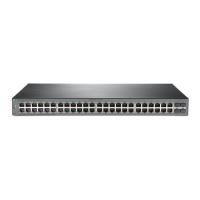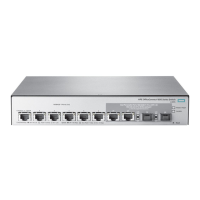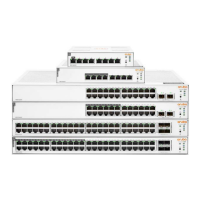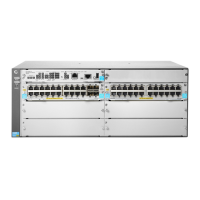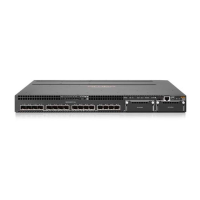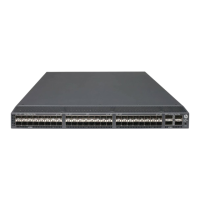100
− Add GigabitEthernet 1/0/1 to the untagged port list (Host A cannot recognize VLAN
tags).
− Add GigabitEthernet 1/0/3 to the tagged port list (Switch B needs to identify the VLAN
tags of packets).
d. Access the details page for VLAN 200 to perform the following tasks:
− Add GigabitEthernet 1/0/2 to the untagged port list (Host B cannot recognize VLAN
tags).
− Add GigabitEthernet 1/0/3 to the tagged port list (Switch B needs to identify the VLAN
tags of packets).
2. Configure Switch B in the same way Switch A is configured. (Details not shown.)
Verifying the configuration
1. Verify that Host A and Host C can ping each other, but neither of them can ping Host B or Host
D. (Details not shown.)
2. Verify that Host B and Host D can ping each other, but neither of them can ping Host A or Host
C. (Details not shown.)
Voice VLAN configuration example
Network requirements
As shown in Figure 20, IP phone A sends and recognizes only untagged voice packets.
To enable GigabitEthernet 1/0/1 to transmit only voice packets, perform the following tasks on Switch
A:
• Create VLAN 2. This VLAN will be used as a voice VLAN.
• Add GigabitEthernet 1/0/1 to VLAN 2.
• Add the OUI address of IP phone A to the OUI list of Switch A.
Figure 20 Network diagram
Configuration procedure
1. From the navigation tree, select Network > Interfaces.
2. Set the PVID of GigabitEthernet 1/0/1 as 2.
3. From the navigation tree, select Network > Links > VLAN.
a. Create VLAN 2.
b. Access the details page for VLAN 2, and add GigabitEthernet 1/0/1 to the untagged port list.
4. From the navigation tree, select Network > Links > Voice VLAN.
a. Access the page for selecting ports, assign GigabitEthernet 1/0/1 to VLAN 2, and set the
port mode to manual.
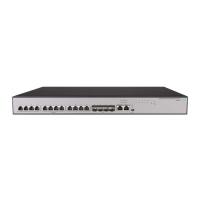
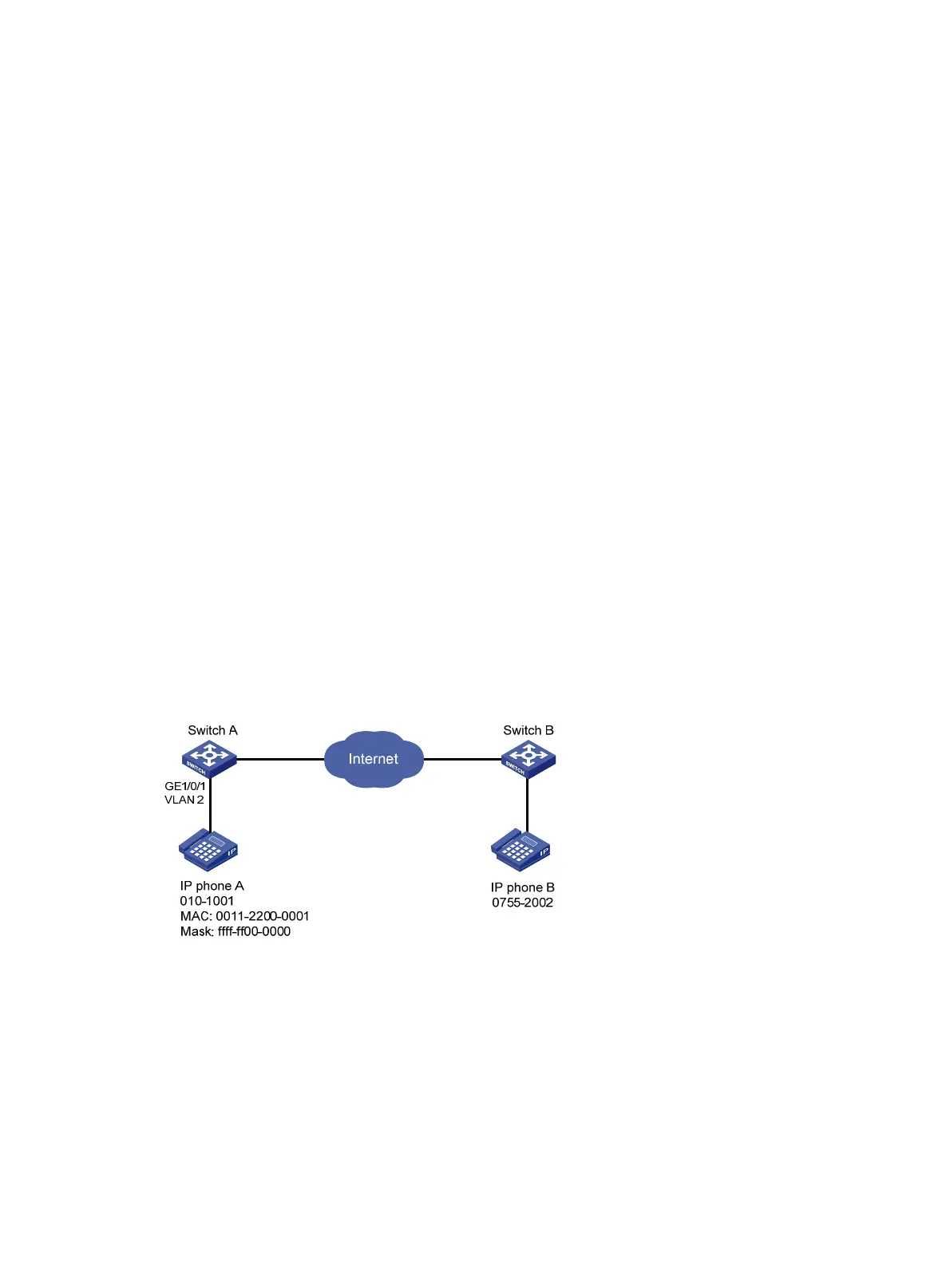